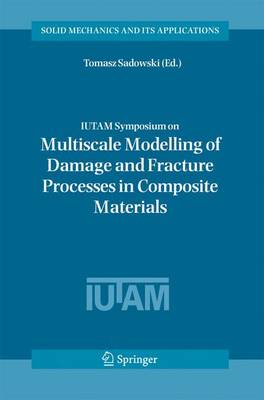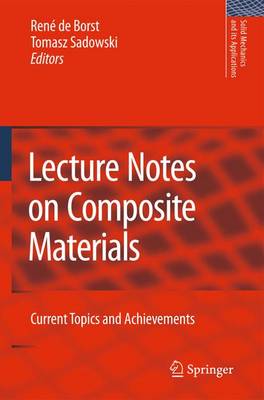Solid Mechanics and Its Applications
2 primary works
Book 135
Iutam Symposium on Multiscale Modelling of Damage and Fracture Processes in Composite Materials
by Tomasz Sadowski
Published 1 January 2006
Integrating macroscopic properties with observations at lower levels, this book details advances in multiscale modelling and analysis pertaining to classes of composites which either have a wider range of relevant microstructural scales, such as metals, or do not have a very well-defined microstructure, e.g. cementitious or ceramic composites. The IUTAM symposia proceedings provide a platform for extensive further discussion and research.
Book 154
Composite materials are heterogeneous by nature, and are intended to be, since only the combination of different constituent materials can give them the desired combination of low weight, stiffness and strength. At present, the knowledge has advanced to a level that materials can be tailored to exhibit certain, required properties. At the same time, the fact that these materials are composed of various, sometimes very different constituents, make their mechanical behaviour complex. This observation holds with respect to the deformation behaviour, but especially with respect to the failure behaviour, where complicated and unconventional failure modes have been observed. It is a challenge to develop predictive methods that can capture this complex mechanical behaviour, either using analytical tools, or using numerical me- ods, the ?nite element method being the most widespread among the latter. In this respect, developments have gone fast over the past decade. Indeed, we have seen a paradigm shift in computational approaches to (composite) ma- rial behaviour. Where only a decade ago it was still customary to carry out analyses of deformation and failure at a macroscopic level of observation only - one may call this a phenomenological approach - nowadays this approach is being progressively replaced by multiscale methods. In such methods it is r- ognized a priori that the overall behaviour is highly dependent on local details and ?aws.

